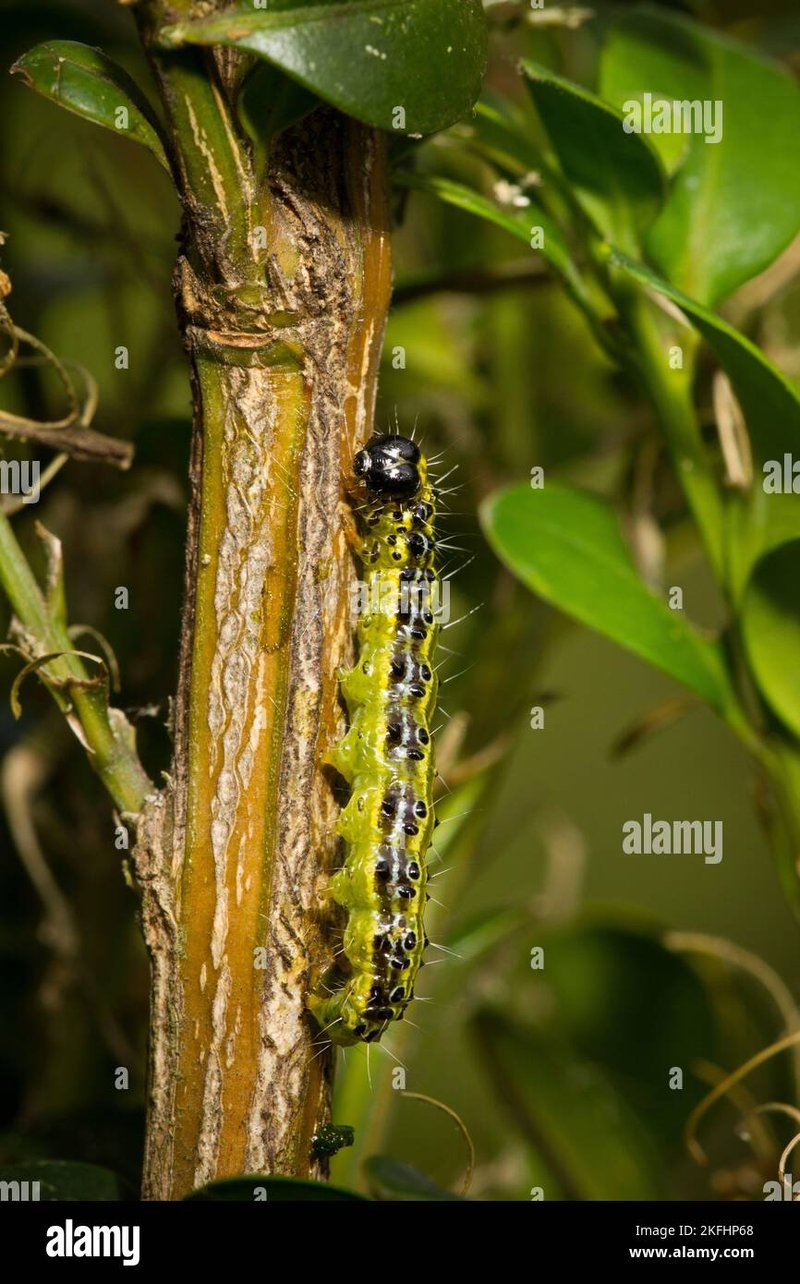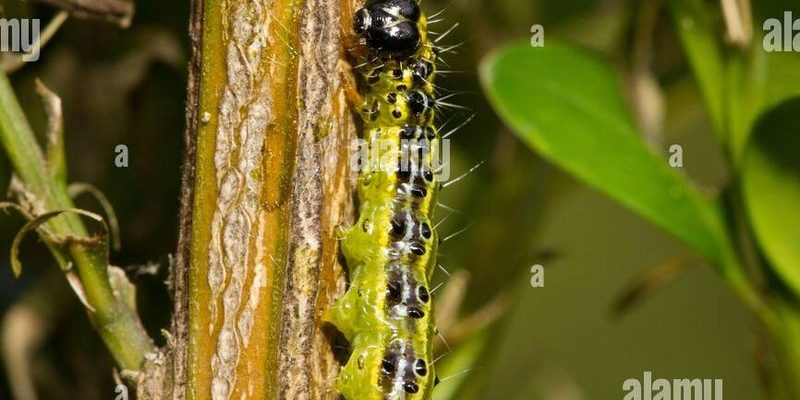
Let’s chat about some effective strategies to keep your trees healthy and inchworm-free. Think of these methods as a toolkit filled with handy gadgets. With the right tools and some know-how, you’ll be prepared to fend off those pesky inchworms and maintain the vitality of your beloved trees.
Understanding Inchworms: The Basics
Before diving into how to protect your trees, it helps to understand what inchworms are and how they operate. Inchworms are the larvae of certain moth species, and they get their name from their unique way of moving. Instead of walking like most caterpillars, they inch their way forward by looping their bodies and then pulling themselves along. It’s almost like they’re doing the worm dance—just not in a fun way.
These little guys can be quite the troublemakers, especially during the spring and summer months. They particularly love to snack on the leaves and tender shoots of trees. If you notice defoliation or holes in your leaves, it could be a sign that inchworms are at work. Not only do they affect the aesthetics of your trees, but they can also weaken them over time by stripping away vital foliage needed for photosynthesis.
Encouraging Natural Predators
One of the best ways to control inchworm populations is by inviting their natural predators into your garden. Birds, wasps, and certain beetles see inchworms as an easy meal and can significantly reduce their numbers. So, how do you encourage these helpful critters to hang out?
Start by creating a friendly habitat for birds. Setting up birdhouses or feeders can make your yard a cozy stop for feathered friends. You might also want to plant native flowering plants that attract wasps and beneficial insects. These additions will not only support your battle against inchworms but also create a vibrant ecosystem.
Remember, the goal here is to create a balance. By supporting these natural predators, you reduce the likelihood of having to intervene and deal with inchworms directly. Honestly, it’s a win-win situation—your trees get protection, and wildlife thrives.
Using Natural Repellents
You might be wondering about alternatives to harsh pesticides. Natural repellents can be a great way to keep inchworms at bay without harming the environment. Some common natural repellents include garlic spray and neem oil.
Garlic spray is incredibly simple to make. Just blend garlic cloves with water, strain it, and spray it on affected trees. The pungent smell can deter inchworms and other pests. Neem oil, extracted from the seeds of the neem tree, is another option. It not only repels insects but also disrupts their life cycle, making it harder for them to reproduce.
To use neem oil, mix it with water and a few drops of dish soap to help it stick to the leaves. Spray it on your trees, particularly focusing on the undersides of leaves where inchworms like to hide. Remember to reapply after rain, as rain can wash away these natural defenses.
Regular Tree Inspections
Keeping an eye on your trees can help catch inchworm infestations early. Think of it as giving your trees a regular health check-up. By inspecting your trees weekly, especially in the spring, you can spot any signs of inchworms or other pests before they become a bigger problem.
Look for signs of leaf damage or the presence of the inchworms themselves. If you find a small number of inchworms, you can simply pick them off by hand. It might feel a bit yucky, but it’s effective! If you notice a significant population, it’s time to employ one of the natural strategies we’ve discussed.
Also, don’t forget to check for other pests that might be lurking around. A little vigilance can go a long way in ensuring your trees remain healthy and robust.
Maintaining Tree Health
Healthy trees are less susceptible to pests, including inchworms. Ensuring your trees are well-nourished will help them fend off any potential invaders. Start by assessing whether your trees are getting enough water, especially during dry spells. They need adequate hydration to stay strong and resilient.
Fertilizing your trees can also boost their health. Organic options like compost or well-rotted manure can provide essential nutrients. Just be cautious not to over-fertilize, which can lead to rapid growth that attracts pests.
Additionally, pruning away any dead or diseased branches can help keep your trees healthy and more resistant to pests. It’s like giving them a fresh haircut—removing the bad to let the good thrive.
Companion Planting
Another cool strategy to consider is **companion planting**. This involves planting certain plants near your trees that can naturally repel pests or attract beneficial insects. For example, planting marigolds nearby can deter many garden pests, including inchworms.
Herbs like basil and mint are also great companions. They can help mask the scent of your trees from pests while attracting pollinators. Who knew that a little garden planning could provide such a powerful defense?
When selecting companion plants, try to choose those that thrive in the same conditions as your trees. This way, you’ll create a harmonious ecosystem where all plants can flourish while keeping inchworms at bay.
Creating a Barrier Against Inchworms
Physical barriers can be another effective way to protect trees from inchworms. You can use floating row covers or insect netting, which creates a protective layer between the inchworms and your trees. This method works particularly well for young trees or during early spring when inchworms are most active.
These covers allow light, moisture, and air to reach the tree while keeping inchworms out. Just make sure to remove the coverings once pollination is needed, usually when the flowers bloom, to allow for proper growth and reproduction.
Another simple barrier you can use is sticky traps. Place these around the base of your trees to capture inchworms as they crawl. It’s a straightforward way to monitor and control their movement.
Protecting your trees from inchworm damage is all about being proactive and using natural methods. By inviting beneficial predators, utilizing natural repellents, and maintaining healthy trees, you can keep these pesky pests at bay. Regular inspections and strategic planting can further enhance your efforts.
With a little patience and some smart strategies, your trees can thrive while staying safe from inchworms. Just like a caring friend, you’re looking out for them, ensuring they have everything they need to flourish. So grab your toolkit, roll up your sleeves, and let’s keep those trees happy and healthy!

